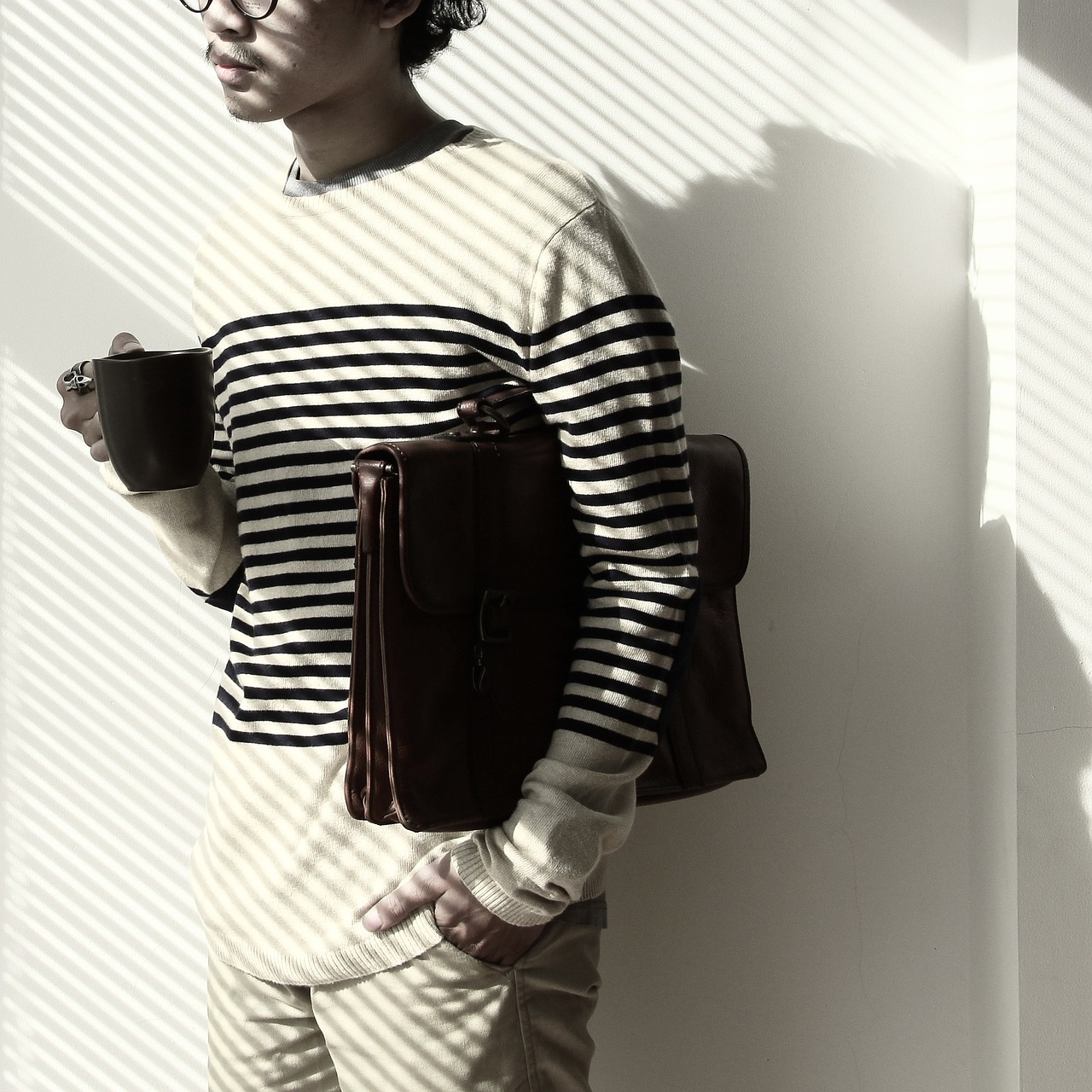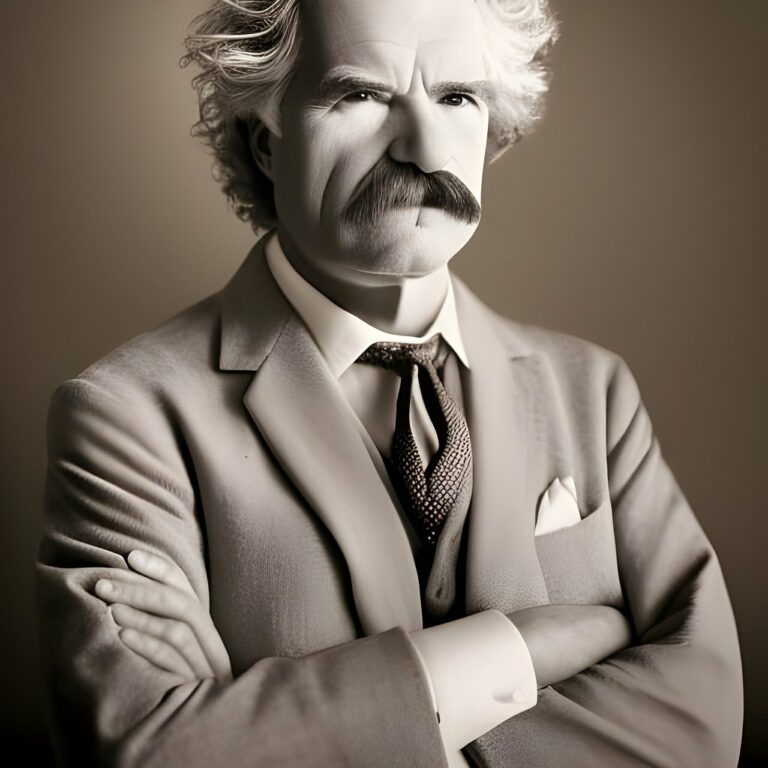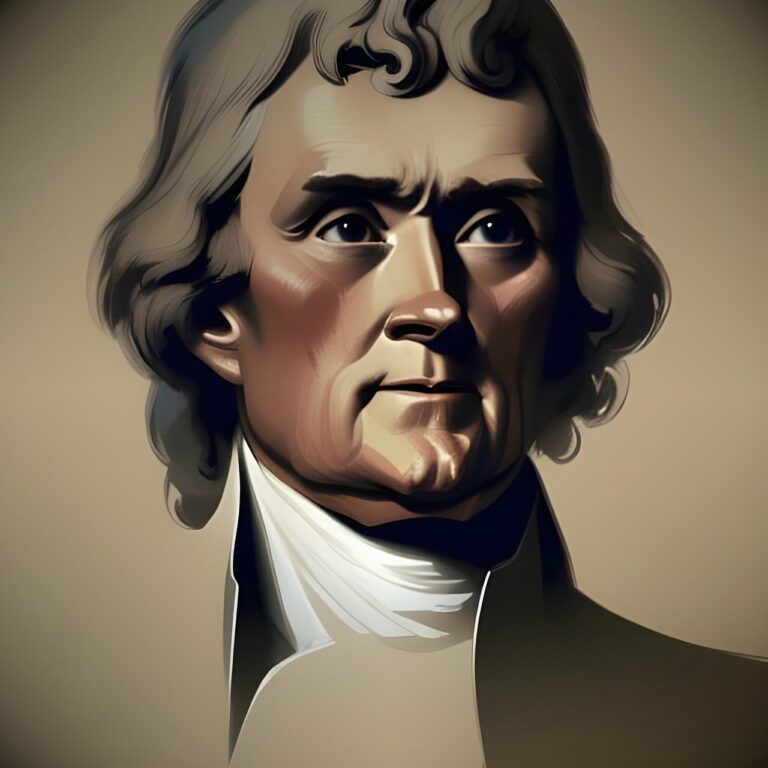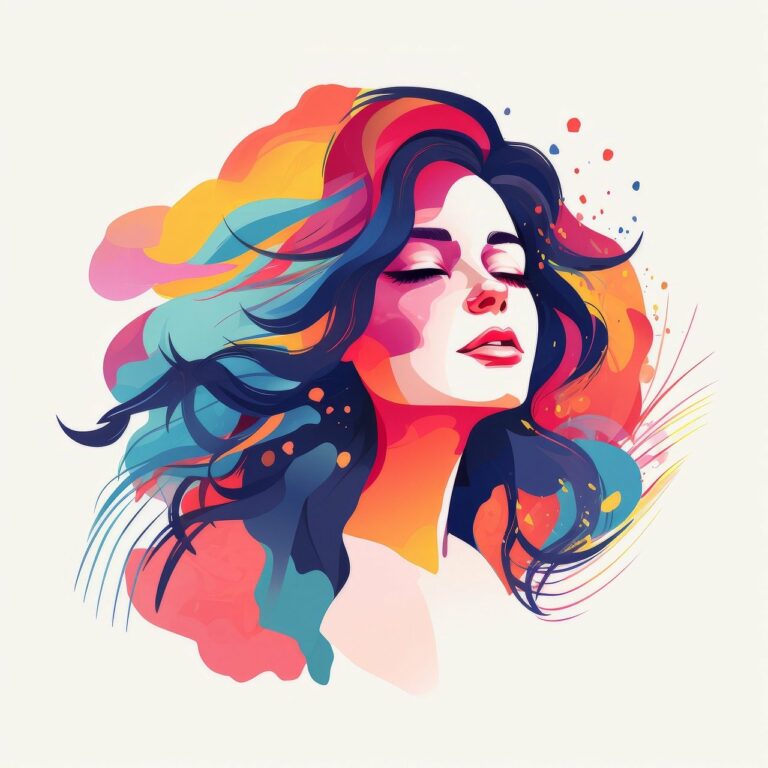The Role of Fashion in Political Activism and Protest Movements
Fashion has long been utilized as a powerful tool for expressing political beliefs and advocating for social change. From suffragettes wearing white to symbolize purity and freedom in the early 20th century to the Black Panthers donning black leather jackets as a symbol of strength and unity in the 1960s, clothing has been used to make bold statements and convey solidarity within movements. This form of expression extends beyond simple fashion choices; it is a deliberate act of communication and defiance against oppressive systems.
By using fashion as a form of expression in political activism, individuals create a visual language that transcends verbal communication. Through deliberate choices of colors, symbols, and styles, activists have the ability to challenge norms, provoke thought, and spark conversations about pressing social issues. Whether it is through the donning of a specific accessory, the choice of a particular garment, or the adoption of a distinct aesthetic, fashion serves as a medium through which activism is visually and powerfully communicated to a wider audience.
Fashion has been a powerful tool for expressing political beliefs and advocating for social change
Suffragettes wore white to symbolize purity and freedom in the early 20th century
Black Panthers donned black leather jackets as a symbol of strength and unity in the 1960s
By using fashion as a form of expression in political activism, individuals create a visual language that transcends verbal communication. Through deliberate choices of colors, symbols, and styles, activists have the ability to challenge norms, provoke thought, and spark conversations about pressing social issues. Whether it is through the donning of a specific accessory, the choice of a particular garment, or the adoption of a distinct aesthetic, fashion serves as a medium through which activism is visually and powerfully communicated to a wider audience.
Historical Examples of Fashion as a Tool for Protest
The Suffragettes in the early 20th century used fashion as a tool for protest by incorporating the color white into their attire. This choice symbolized purity and served as a visual statement of their fight for women’s right to vote. By wearing white, these women stood out in crowds, drawing attention to their cause in a time when speaking out was not always an option.
In the 1960s, the Black Panthers utilized fashion as a way to challenge societal norms and assert their presence. Members of this movement often donned black leather jackets, berets, and sunglasses to project an image of strength and solidarity. Their style not only reflected their defiance against racial injustice but also served as a form of protection and empowerment within their communities.
The Intersection of Fashion and Social Movements
In recent years, there has been a noticeable increase in the use of fashion as a means of expression within social movements. Activists and individuals alike have utilized clothing and accessories to convey powerful messages and symbolize solidarity with various causes. From slogan t-shirts to statement accessories, fashion has become a visual tool for individuals to showcase their beliefs and support for social justice issues.
Additionally, the rise of social media has played a significant role in amplifying the impact of fashion within social movements. Platforms like Instagram and Twitter have provided a space for individuals to share their protest outfits and spark conversations around the intersection of fashion and activism. This digital age has allowed for images of powerful fashion statements to spread quickly and reach a global audience, inspiring others to use clothing as a form of protest and resistance.
How can fashion be used as a form of expression in political activism?
Fashion can be used to visually communicate messages, beliefs, and values related to social and political issues. Clothing, accessories, and symbols can act as powerful tools for expressing solidarity, resistance, and protest.
Can you provide some historical examples of fashion being used as a tool for protest?
Yes, historical examples include the Suffragettes wearing white dresses as a symbol of purity and unity in their fight for women’s suffrage, the Black Panthers wearing black leather jackets and berets to signify strength and solidarity in the civil rights movement, and the punk subculture using ripped clothing and safety pins to rebel against mainstream society.
How do social movements and fashion intersect?
Social movements and fashion intersect when individuals use clothing and style as a means of expressing their support for or opposition to specific causes. Fashion can serve as a visual representation of one’s beliefs and values, helping to raise awareness, spark conversations, and mobilize communities around social change.







